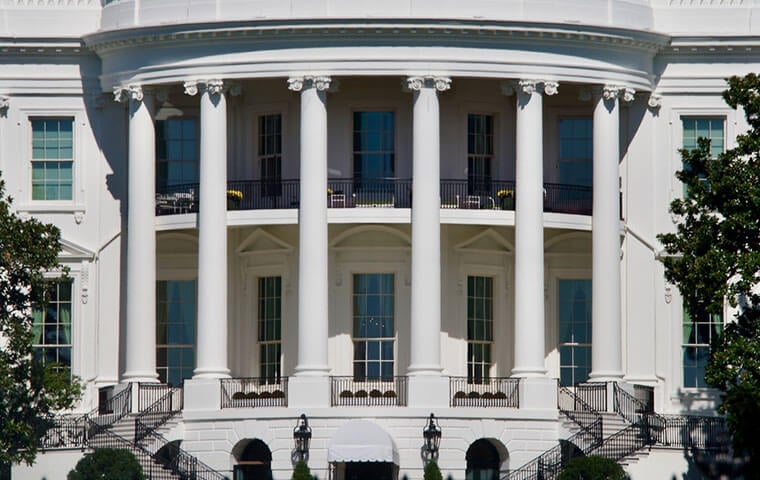 The order specifically bars 20 agencies from carrying out further RIFs and reorganizations, although the impact effectively has been government-wide since it also enjoins OPM and OMB. Image: Marcel Hamonic/Shutterstock.com
By: FEDweek Staff
The order specifically bars 20 agencies from carrying out further RIFs and reorganizations, although the impact effectively has been government-wide since it also enjoins OPM and OMB. Image: Marcel Hamonic/Shutterstock.com
By: FEDweek StaffUPDATED: In what is effectively the first count of pending reductions-in-force across the government, the Trump administration has said that “dozens of RIF actions affecting thousands of federal employees” are awaiting a decision on whether a court order against them will remain in effect.
“The injunction’s immediate consequences are stark. The injunction has disrupted and brought to a halt a complex, government-wide effort— which began with the President’s Executive Order more than three months ago—to prepare for and execute agency RIFs,” the Justice Department said in request that the U.S. Supreme Court lift the injunction while a challenge continues in the lower courts.
“In fact, this Office has been informed by OPM that about 40 RIFs in 17 agencies were in progress and are currently enjoined,” it said.
Beyond asking for briefings, the high court has not signaled an intent regarding the injunction by the U.S. District Court for the Northern District of California, which an appeals court then allowed to remain in effect. The Supreme Court has either sidestepped or lifted injunctions against the administration in several other federal workplace-related cases.
The order specifically bars 20 agencies from carrying out further RIFs and reorganizations, although the impact effectively has been government-wide since it also enjoins OPM and OMB—which the Justice Department called “the executive-branch entities with the experience and expertise . . . that agencies need to plan RIFs effectively.”
The Justice Department further indicated that if the injunction is lifted, agencies would act quickly to either begin or resume RIFs. The inunction requires agencies “to keep large numbers of employees on the payroll without necessity, at unrecoverable taxpayer expense, thereby frustrating the government’s efforts to impose budgetary discipline and build a more efficient workforce,” it said.
The AFGE union in response said that “Rather than permitting this scheme to become a fait accompli before the courts can play their proper role, this Court should allow the status quo to remain in place while the case proceeds through the regular judicial process.”
“If the breakneck reorganization of the federal government ordered by the President is implemented before the merits of this case may be decided based on a full record, then statutorily required and authorized programs, offices, and functions across the federal government will be abolished, agencies will be radically downsized from what Congress authorized, critical government services will be lost, and hundreds of thousands of federal employees will lose their jobs,” it said.
“There will be no way to unscramble that egg: If the courts ultimately deem the President to have overstepped his authority and intruded upon that of Congress, as a practical matter there will be no way to go back in time to restore those agencies, functions, and services,” it added.
Shutdown Meter Ticking Up a Bit
Judge Backs Suit against Firings of Probationers, but Won’t Order Reinstatements
Focus Turns to Senate on Effort to Block Trump Order against Unions
TSP Adds Detail to Upcoming Roth Conversion Feature
White House to Issue Rules on RIF, Disciplinary Policy Changes
Hill Dems Question OPM on PSHB Program After IG Slams Readiness
See also,
How Do Age and Years of Service Impact My Federal Retirement
The Best Ages for Federal Employees to Retire
FERS Retirement Guide 2025 – Your Roadmap to Maximizing Federal Retirement Benefits

